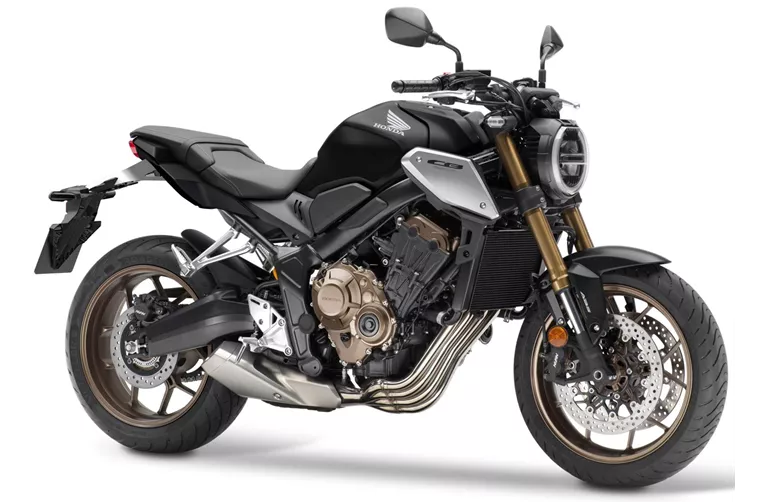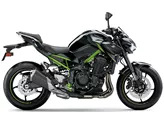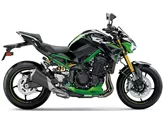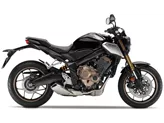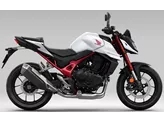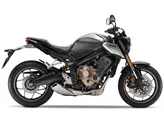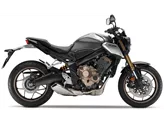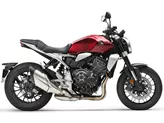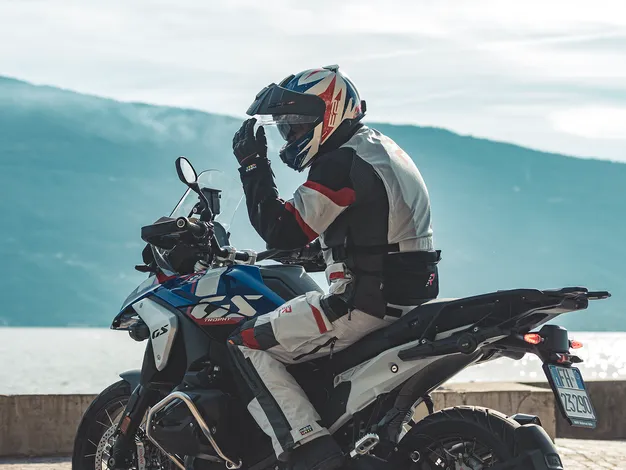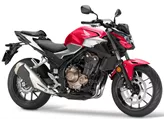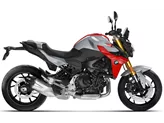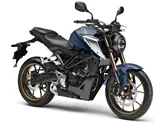Kawasaki Z900 2019 vs. Honda CB650R 2021

Kawasaki Z900 2019
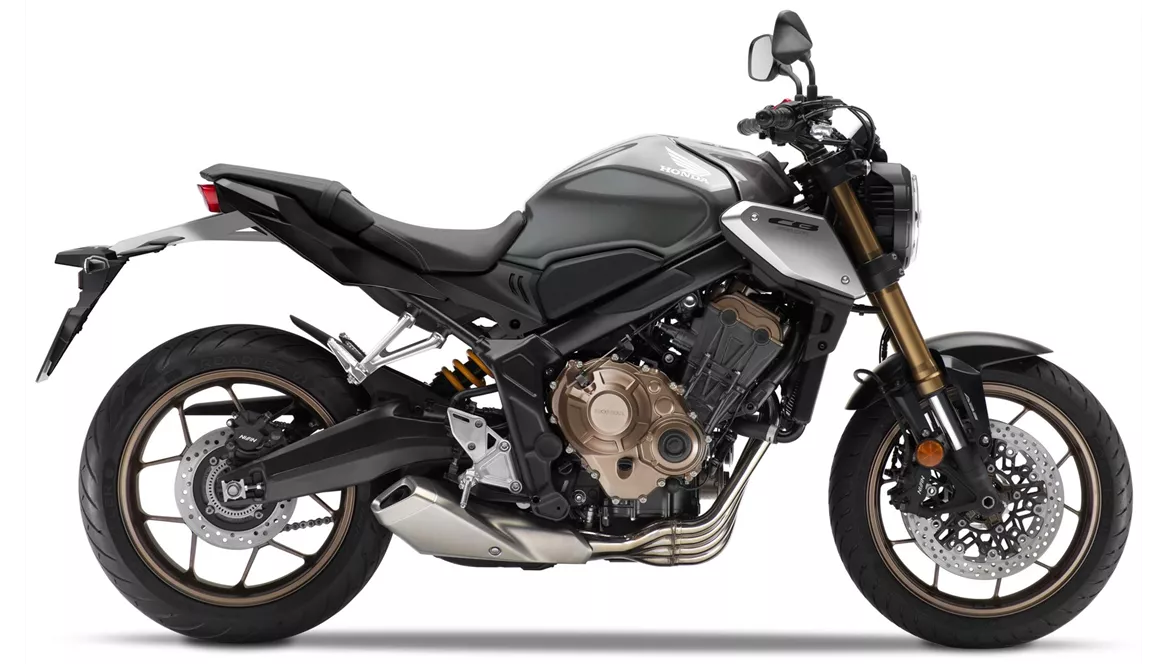
Honda CB650R 2021
Overview - Kawasaki Z900 2019 vs Honda CB650R 2021
The Kawasaki Z900 2019 and the Honda CB650R 2021 are both naked bikes with similar engine types, in-line four-cylinder engines. However, there are several differences between the two models.
In terms of engine power, the Kawasaki Z900 2019 has a higher output with 125.4 HP compared to the Honda CB650R 2021 which has 95 HP. The Z900 also has a higher torque of 98.6 Nm compared to the CB650R's 63 Nm. This means that the Z900 may offer more acceleration and top speed capabilities.
Both bikes have fuel injection systems and liquid cooling, ensuring efficient and reliable performance. The Z900 has a larger displacement of 948ccm compared to the CB650R's 649ccm, which may contribute to its higher power output.
In terms of suspension, both bikes feature upside-down telescopic forks in the front and swing arm suspension in the rear. The Z900 offers additional adjustment options with preload and rebound adjustment for the rear shock absorber, while the CB650R only has preload adjustment. Both bikes use aluminum for the rear suspension, providing lightweight and durable components.

Kawasaki Z900 2019
In terms of brakes, both bikes have double disc brakes in the front with four pistons. However, the CB650R has slightly larger front discs with a diameter of 310mm compared to the Z900's 300mm. The CB650R also features radial technology for the front brakes, which may provide better braking performance.
Both bikes are equipped with ABS as part of their advanced rider assistance systems, ensuring safer braking in various conditions.
In terms of dimensions and weights, both bikes have the same front and rear tire widths and diameters. They also have the same wheelbase of 1450mm. However, there are slight differences in seat height and kerb weight. The CB650R has a higher seat height of 810mm compared to the Z900's 795mm. The CB650R is also slightly lighter with a kerb weight of 202.5kg compared to the Z900's 210kg.
Moving on to the strengths of each bike, the Z900 2019 offers light and natural handling with high stability. Its engine delivers a smooth and powerful performance, especially in the mid-range. The chassis provides great feedback and transparency, enhancing the overall riding experience. The sitting position is comfortable and the bike is considered to have a fair price.
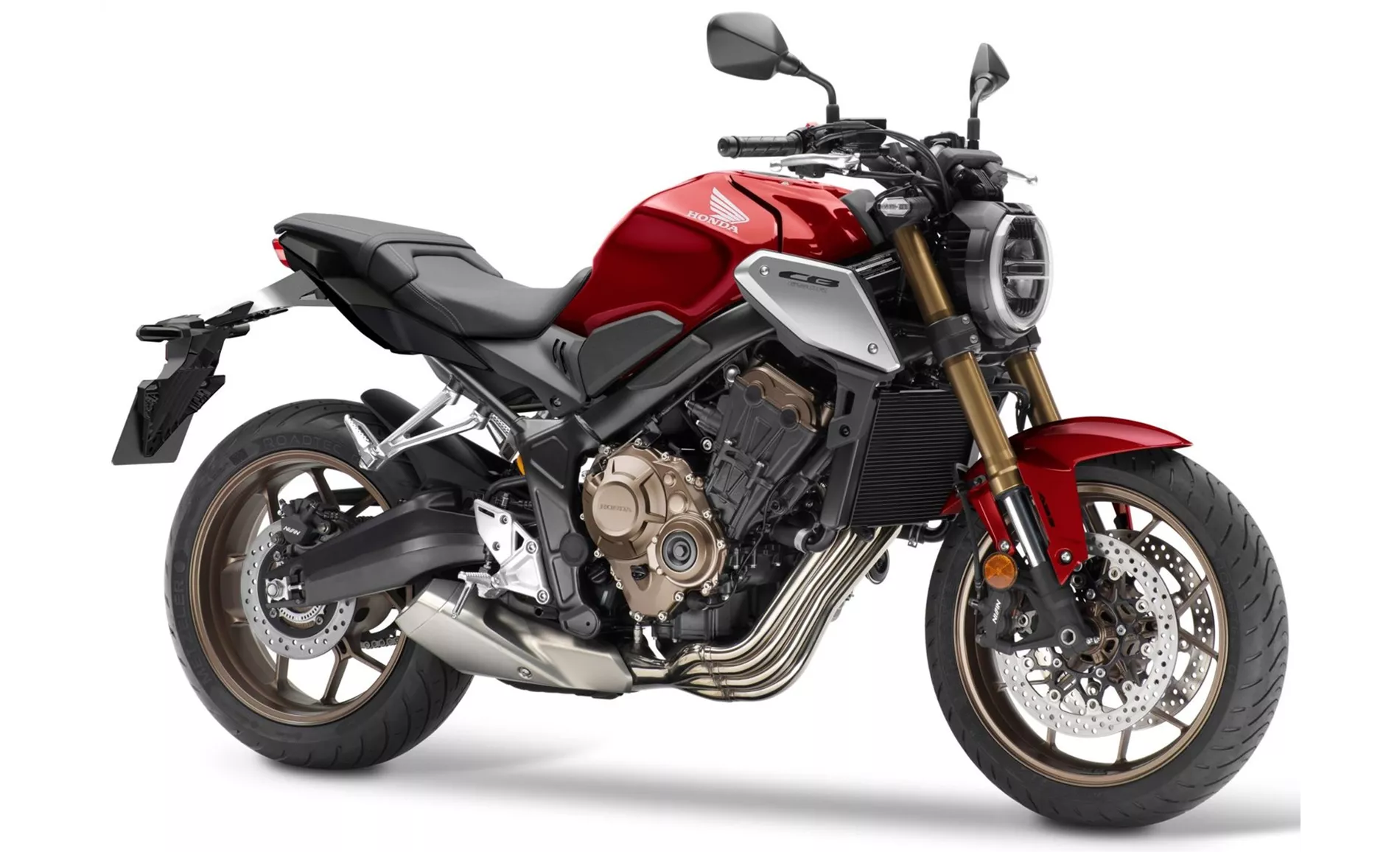
Honda CB650R 2021
On the other hand, the CB650R 2021 is praised for its Neo Sports Cafe optics, which give it a stylish and modern look. It is also considered suitable for beginners due to its manageable power output. The bike offers a good price-performance ratio and has a smooth-revving engine with low fuel consumption.
However, both bikes have their weaknesses. The Z900 2019 has a TFT display mounted too low, making it less convenient to read while riding. The menu operation is also considered cumbersome. Additionally, the rearview mirrors offer modest visibility, which may be a drawback for some riders.
The CB650R 2021, on the other hand, has limited space for tall riders, which may affect comfort on longer rides. The equipment is considered mediocre, and the bike is described as relatively chubby. Some riders also feel that the CB650R lacks punch in the lower rev range.
In conclusion, the Kawasaki Z900 2019 and the Honda CB650R 2021 have their own strengths and weaknesses. The Z900 offers a more powerful engine and additional adjustment options for the rear suspension, while the CB650R has a stylish design and is more beginner-friendly. Ultimately, the choice between the two models will depend on the rider's preferences and priorities.
Technical Specifications Kawasaki Z900 2019 compared to Honda CB650R 2021
Pros and Cons in comparison
Pros and Cons in comparison
Kawasaki Z900 2019

Fortunately, the new Kawasaki Z900 has lost none of its character through the use of electronics. It is and remains a playful mid-range naked bike, which at the same time masters the brisk pace on the country road magnificently. The riding pleasure and suitability for everyday use are high, the now installed riding aids offer a plus in safety. Your opponents will have a really hard time from now on.
Honda CB650R 2021

13 out of a possible 24 points mean 5th place in the large mid-range naked bike comparison test 2021. The Honda puts up a good fight against the technically more advanced competition and can leave a motorbike behind despite its position as an outsider. Pleasing looks, accessible riding and the low price make the shortcomings that were brought to light in the direct comparison fade into the background.
Price Comparison Avarage Market Price Kawasaki Z900 vs Honda CB650R
There are a few key differences between a Kawasaki Z900 2019 and a Honda CB650R 2021. In terms of price, the actual average price of a Kawasaki Z900 2019 is about 38% higher. Compared to Honda CB650R 2021 there are more Kawasaki Z900 2019 bikes available on the 1000PS.de Marketplace, specifically 40 compared to 11. It takes less time to sell a Honda CB650R with 63 days compared to 116 days for the Kawasaki Z900. Since model year 2017 1000PS.de editors have written 46 reviews for the Kawasaki Z900 and 23 reviews for the Honda CB650R since model year 2019. The first review for the Kawasaki Z900 was published on 11/11/2016 and now has more than 93,200 views. This compares to more than 53,700 views for the first review on Honda CB650R published on 08/10/2018.

